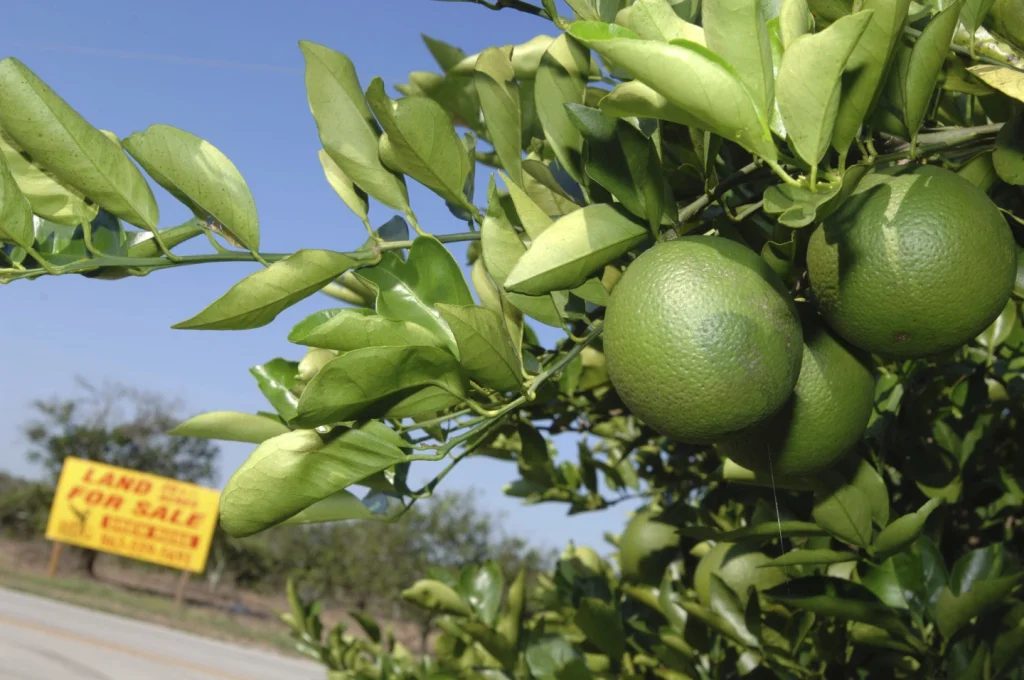The mass exodus of nearly 80,000 residents from three prominent New York City boroughs in the past year, as indicated by recent population estimates, has stirred significant concern among city officials.
However, these statistics are deemed to be a gross underestimation by city authorities, who argue that the figures fail to account for the substantial influx of asylum seekers into the city.
In response to the surge in migration, New York City took extraordinary measures, such as leasing entire hotels to accommodate tens of thousands of migrants, setting up makeshift shelters in schools, tents, a cruise ship terminal, and a former police academy building.
Furthermore, city officials assert that as many as 50,000 individuals residing in the city’s shelters were omitted from the population estimates, prompting them to challenge the accuracy of the 2023 figures with the U.S. Census Bureau.
Casey Berkovitz, the press secretary for New York’s Department of City Planning, emphasized the necessity of acknowledging this discrepancy, stating, “Once you account for this underestimate… the year marked a return to prepandemic levels.”
The three counties encompassing Brooklyn, Queens, and the Bronx experienced population declines of 28,300, 26,300, and 25,300 residents, respectively, in the past year.
Despite a surplus of births over deaths and an influx of international migrants, these factors were insufficient to offset the outflow of residents, albeit to a lesser extent than in 2022.
Interestingly, only Los Angeles County witnessed a larger population decrease than New York City, with 56,000 fewer residents in 2023, marking the most substantial decline in the U.S.
Conversely, counties in South Florida and those housing cities like Houston, Los Angeles, Chicago, and San Jose experienced double-digit growth in international migration.
However, the estimates do not differentiate between legal and illegal immigration, making it challenging to discern the source of this growth.
Miami-Dade County emerged as a prominent destination for immigrants, with nearly 54,500 new residents from outside the U.S., representing a nearly 40% surge from the previous year.
This influx offset the departure of over 47,000 residents who relocated to other U.S. counties. Among metropolitan areas, Dallas witnessed the most significant population growth, exceeding 152,000 residents and surpassing 8 million residents for the first time. Houston and Atlanta followed closely behind, with substantial increases in their populations.
Notably, Polk County in Florida emerged as the top destination for movers in the U.S., with over 29,300 individuals relocating there in the past year.
Situated between Tampa and Orlando, Polk County has become an attractive option for those seeking more affordable housing compared to the increasingly expensive metropolitan areas nearby.
The county’s landscape has transformed rapidly, with a shift from orange groves to residential subdivisions and distribution centers catering to the needs of the growing population.
In conclusion, the dynamic patterns of migration and population shifts across various regions reflect the complex interplay of economic, social, and demographic factors shaping our communities.
As cities like New York City grapple with fluctuating populations and evolving demographics, it is imperative for policymakers to adapt to these changes and ensure inclusive and sustainable growth for all residents.
The demographic landscape of Polk County in 2023 reveals a notable trend of growth primarily fueled by domestic migration rather than international influx, as indicated by the latest population estimates.
This influx of new residents, largely from other parts of the U.S., has been instrumental in shaping the county’s evolving social and economic fabric.
The sentiments of Matt Joyner, a seventh-generation Polk County resident, encapsulate the subtle yet pervasive nature of this growth.
He astutely observes how the emergence of new subdivisions may go unnoticed until the tangible effects, such as increased traffic congestion, become apparent. This phenomenon underscores the transformative impact of population growth on the county’s infrastructure and community dynamics.
Among U.S. counties, only a select few have experienced a more substantial population increase than Polk County.
Harris and Montgomery counties in the Houston metropolitan area, Collin County in the Dallas metroplex, and Maricopa County, home to Phoenix, stand out due to their higher rates of natural increase, where births surpass deaths.
Harris County, in particular, witnessed significant population growth, with a substantial portion attributed to natural increase, reflecting a demographic trend unique to the region.
Polk County’s identity as a prominent citrus producer in Florida adds a distinctive layer to its growth narrative.
With over 62,000 acres of citrus groves, the county plays a pivotal role in the state’s citrus industry, despite facing challenges such as disease outbreaks and urban expansion.
The juxtaposition of urban development encroaching on agricultural land underscores the delicate balance between economic progress and environmental sustainability.
Notably, the concentration of growth in Polk County’s northeastern region, in proximity to the bustling metro Orlando area, highlights the interplay between urbanization and agricultural heritage.
The transition of citrus growers selling their land to accommodate residential development while relocating to preserve the citrus legacy in the county exemplifies the complex intergenerational dynamics at play.

The visual spectacle of white flowers adorning citrus trees and the sweet fragrance permeating the air offer a nostalgic reminder of Polk County’s agrarian roots.
Joyner’s evocative description of the county’s groves evokes a sense of continuity amidst change, symbolizing the enduring spirit of the community in embracing its past while embracing the future.
In conclusion, the evolving demographic landscape of Polk County underscores the intricate interplay between growth, heritage, and sustainability.
As new residents flock to the county, drawn by its unique charm and economic opportunities, Polk County stands at a crossroads of preserving its agricultural legacy while embracing the forces of urbanization.
The narrative of Polk County serves as a microcosm of the broader challenges and opportunities facing communities grappling with growth and change in the 21st century.
